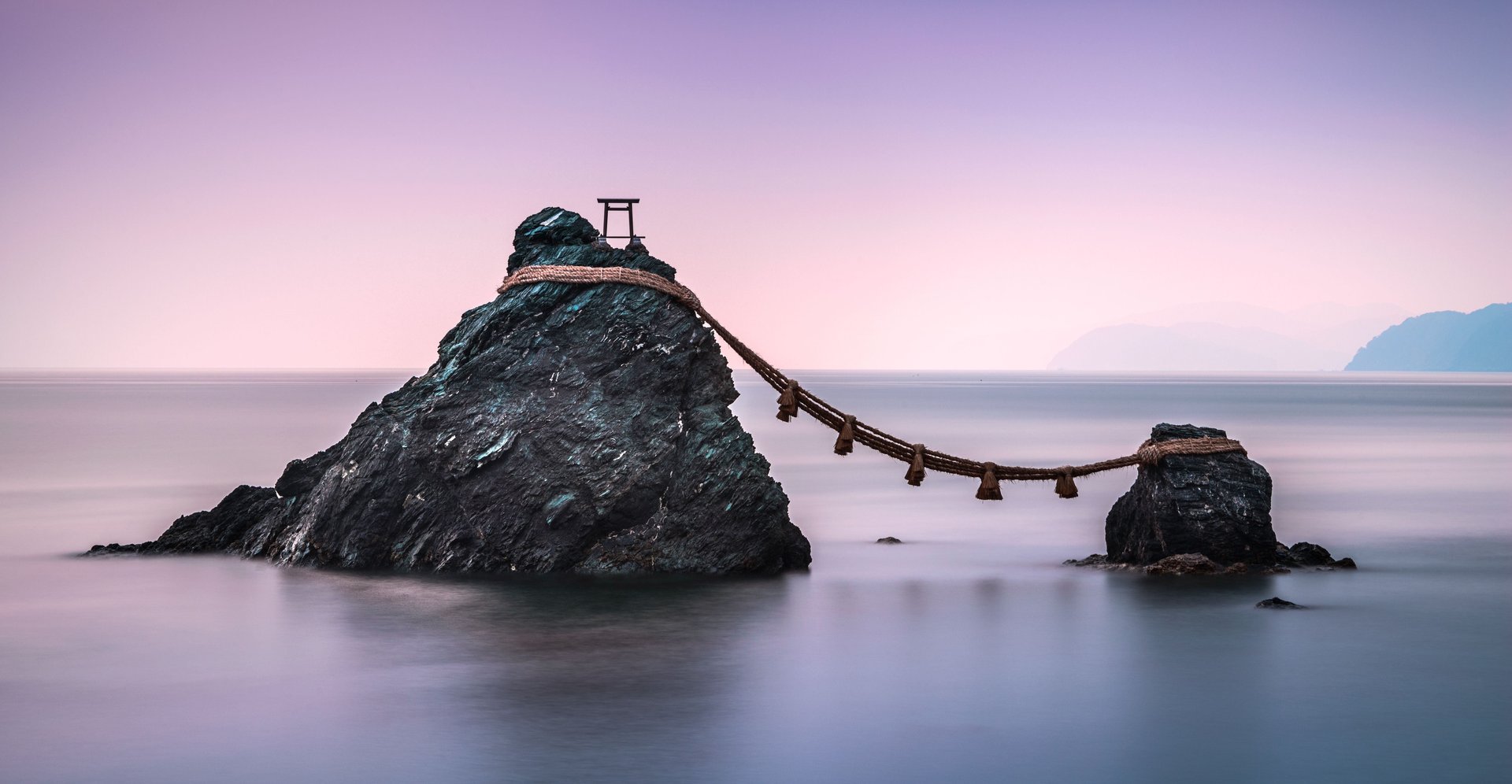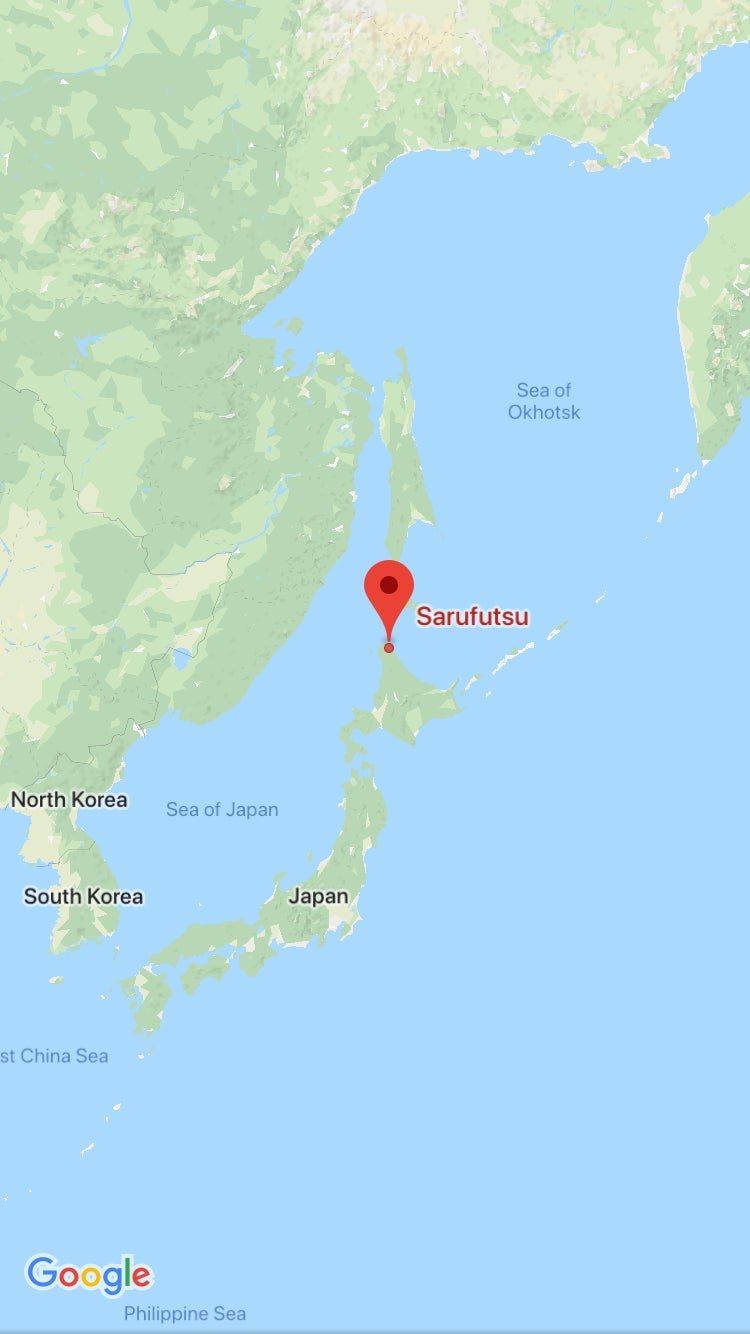A small Japanese island has disappeared
It isn’t only Japan’s population that’s shrinking. Its territory is too.


It isn’t only Japan’s population that’s shrinking. Its territory is too.

Residents living in the village of Sarufutsu in Hokkaido—almost as far north (paywall) as one can go in Japan—noticed in October that a tiny island just off its coast had gone missing.
Japan’s coast guard said that the last time a survey was conducted of the island three decades ago, it measured about 1.4 meters above sea level.
Japanese officials gave a name to the rock, Esanbe Hanakita Kojima, four years ago. It’s part of 158 uninhabited islands (link in Japanese) that Japan named then in order to clarify that they belong to the country.
The potential disappearance of Esanbe Hanakita Kojima has Japanese officials worried because the islet forms part of Japan’s maritime boundary, meaning that the size of Japan’s territorial waters may have shrunk. The coast guard says it plans to investigate what happened to the island, broadcaster NHK reported. According to the United Nations Convention on the Law of the Sea, an island is defined as “a naturally formed area of land, surrounded by water, which is above water at high tide.”
Media in Hokkaido, citing a local maritime official, said that the island may have disappeared (link in Japanese) as a result of natural erosion by waves and drift ice in the frigid and stormy waters of the Sea of Okhotsk, which separates Hokkaido from Russia’s Sakhalin Island. Japanese officials said an operation (link in Japanese) to ascertain the island’s status would commence after the water improves tomorrow (Nov. 2).
Japan isn’t the only country to lose an island recently. East Island, an 11-acre-island roughly 400 miles northwest from the Hawaiian island chain, was wiped off the map after a powerful Pacific hurricane swept through the region last month. And with seas rising and growing warmer, it’s a fate that’s in store for other small Pacific islands, too.